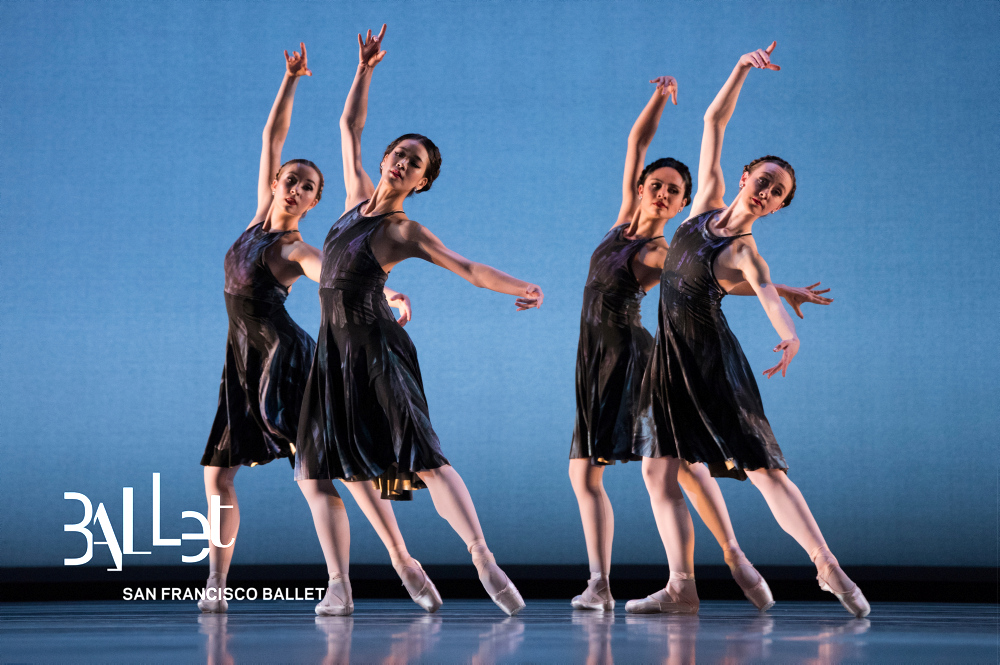Alexei Ratmansky’s Shostakovich Trilogy returns to San Francisco Ballet (SF Ballet) closing the Company’s 2019 Repertory Season at the War Memorial Opera House. Called a “fascinating, thrilling, bewilderingly ambiguous evocation of life in Shostakovich’s Russia” (The New York Times), and simply, “a masterpiece” (San Francisco Chronicle), Shostakovich Trilogy is Ratmansky’s homage to the composer, using three of his full-length works: the Symphony No. 9, Chamber Symphony, and Piano Concerto No. 1.
Co-commissioned by SF Ballet, Shostakovich Trilogy premiered in full in 2013 at American Ballet Theatre. The triptych includes Ratmansky’s 9th, 10th, and 11th ballets set to the music of Dmitri Shostakovich, which—alongside stories of Stalinist era-censorship of his works—has long been of interest to Russian-born Ratmansky, who served at the artistic helm of the Bolshoi Ballet before joining American Ballet Theatre as artist in residence in 2014. “He expected arrest every night. His friends and relatives were arrested and killed,” Ratmansky said in a 2012 interview with The New York Times. “[His music] is nihilism… He takes something very seriously, and then he crushes it with the most vulgar melody from the street.” In 2014, Shostakovich Trilogy awarded Ratmansky his second Prix Benois de la Danse—one of the world’s most prestigious ballet awards, named after the seminal artistry of Ballet Russes designer Alexandre Benois.
The trilogy opens with Symphony #9, in which Ratmansky creates a work for 21 dancers, highlighting two lead couples and a solo male to Shostakovich’s opus 70 (1945), set against designer George Tsypin’s backdrop of grays, with penciled sketches and splashes of red recalling works of Socialist realism. In the following Chamber Symphony (set to an orchestration of the composer’s String Quartet No. 8 from 1960), dedicated by Shostakovich “in memory of victims of fascism and war,” Ratmansky takes a biographical approach to his choreography, representing each of Shostakovich’s three wives as solos in the dance. The program closes with the Piano Concerto #1 after the kaleidoscopic, neo-baroque Concerto in C minor for Piano, Trumpet, and String Orchestra from 1933. Keso Dekker’s sleek red and blue-gray bodysuits highlight the best of Ratmansky’s neoclassical choreography.

